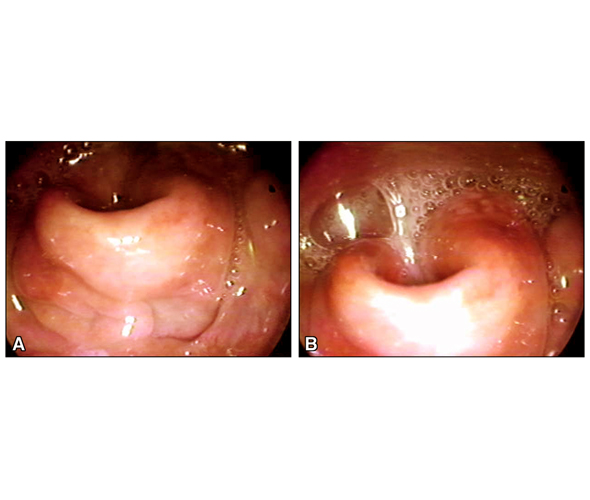1.
Discuss stridor and its relation to the site of obstruction. Can it predict degree of obstruction?
2.
The ER doc calls you to evaluate an adult patient for epiglottitis. What would you expect to find on PE/FFOL?
3.
Does the above patient need a work-up? He is stridulous but stable. How will you manage this patient?
4.
As you are writing up the consult for the above patient, he acutely obstructs. Save his life!
5.
Review the etiology and treatment of angioedema.
6.
What is Ludwig’s angina?
7.
Describe the role of helium in the treatment of airway obstruction.
8.
You are paged stat to the OR. Upon induction, the anesthesiologist has lost the airway. A direct laryngoscopy is unsuccessful. Describe alternative techniques to control the airway.
Reference(s):
Aziz, M. F., Brambrink, A. M., Healy, D. W., Willett, A. W., Shanks, A., Tremper, T., … Kheterpal, S. (2016). Success of Intubation Rescue Techniques after Failed Direct Laryngoscopy in Adults: A Retrospective Comparative Analysis from the Multicenter Perioperative Outcomes Group. Anesthesiology, 125(4), 656–666.
9.
Should a cricothyroidotomy be converted to a tracheostomy? Why? When?
10.
When should jet ventilation be used? What are some advantages and disadvantages to jet ventilation?
11.
Does airway management differ in pediatrics patients?
Reference(s):
Sunder, R. A., Haile, D. T., Farrell, P. T., & Sharma, A. (2012). Pediatric airway management: current practices and future directions. Pediatric Anesthesia, 22(10), 1008–1015.


